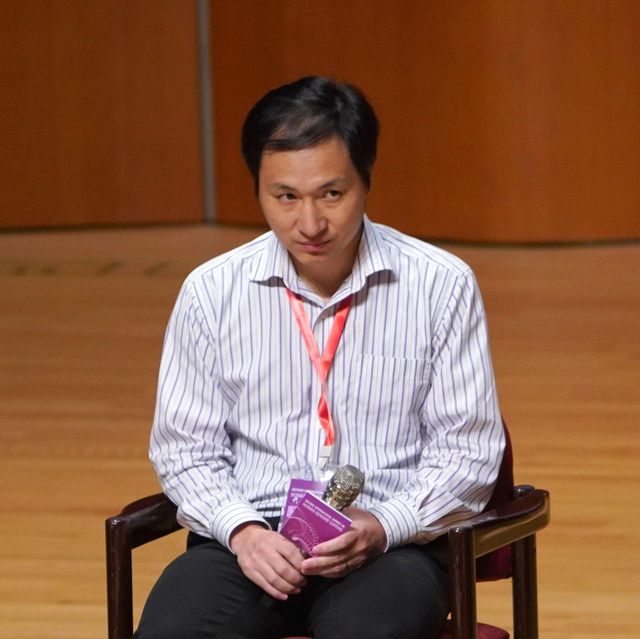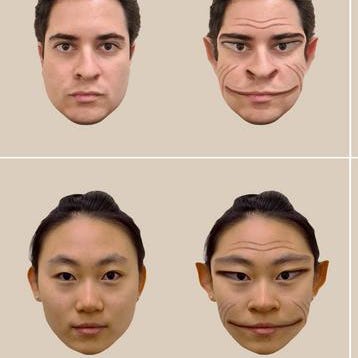Last week, the Associated Press released a lengthy report on the recent activities of He Jiankui, a scientist at Southern University of Science and Technology of China in Shenzhen, who claimed in a YouTube video to have used CRISPR to genetically modify human embryos to make them immune to HIV.
He says he then implanted at least two of these embryos into a real, live woman, who gave birth to twin girls. This prompted the Chinese government to sanction the scientist, calling his work “extremely abominable in nature.”
If you’re used to reading laudatory headlines about gene editing technology, such as the U.S. Food and Drug Administration approving studies of CRISPR-based drugs for rare genetic diseases, then the hysteria following He’s experiments might seem confusing. After all, in 2015 a one-year-old girl with leukemia was treated with genetically modified immune cells, and it cured her cancer. The reports in that case were glowing, and no one lost his or her job. What’s the difference?
To find out, we called Lawrence Brody, director of the Division of Genomics and Society at the National Human Genome Research Institute at the National Institutes of Health. Here’s what we learned.
It’s not the age of the baby that determines whether a treatment is considered ethical. It’s which cells you alter.
Scientists who work in genetics draw a huge distinction between editing somatic cells and editing germline cells. Somatic cells are those in the body that have already differentiated—lung cells or blood cells or liver cells, for example.
Editing the germline, on the other hand, involves altering a sperm, egg, or fertilized embryo. As the embryo develops, any change that was made will be propagated through every cell in the body, including sperm and eggs that are passed on to the next generation. Put simply, it’s altering the function of a body part versus altering you, your children, and your children’s children.
Germline editing isn’t technically illegal in the U.S.
There are two ways the government protects society from wanton genetic experimentation. First, the National Institutes of Health, which is the biggest funder of research in the country, is not allowed to fund research into human embryo manipulation. Second, clinics that perform embryo manipulation as part of their daily business (for in-vitro fertilization, for example), are not allowed to add anything to or change anything in an embryo using gene editing techniques unless the process has been approved by the FDA. "Both of those things cover germline engineering in the U.S.," says Brody. "As far as illegal, where they come and arrest you? That's a harder topic."
Other countries are all over the map on what they allow.
“I do know that several countries have made it illegal to do any kind of germline engineering,” Brody says. “There’s a wide variety of experiments that can be done in various countries.”
According to a 2016 article in Science, legislation either prohibiting or restricting germline engineering has been introduced in Australia, Belgium, Brazil, Canada, France, Germany, Israel, the Netherlands, and the United Kingdom. “The way the Chinese government is responding, at least in public, is that they think this was a bad thing—so the rules there may be codified if they weren’t in place before.”
The National Institutes of Health have been worried about this sort of thing for at least 20 years.
Genetic editing is not a new topic. What’s new is that CRISPR, a sort of genetic scissors based on a bacterial immune system, makes it much easier.
Ironically, the gene therapies that were used before CRISPR had a higher risk of going haywire, which got the NIH interested in what would happen if a scientist edited someone’s germline inadvertently. Before CRISPR, researchers often used viruses to carry the gene into the DNA. “There was always concern that if that virus got loose in the person’s body, it could get into their germ cells and then get passed on,” says Brody. Because CRISPR doesn’t self-replicate like a virus, the danger of this happening now is much lower.
Both somatic and germline editing have risks.
Gene editing is precise, but it isn’t perfect. Scientists call accidentally altering a gene near the intended target an “off-target effect.” This actually happened in an experiment using a virus. The replacement gene was accidentally inserted next to a cancer gene—and turned it on. “This was modeled, and it wasn’t supposed to happen—or it was supposed to happen very rarely, but in fact it did happen,” says Brody.
Plus, even if researchers do hit the correct target, genes often have more than one function. “There are people who study [the CCR5 receptor, which is the one He altered] who say that taking it out entirely may change your risk of other infectious disease for the worse.”
When no one is sure, it’s probably better to avoid testing a therapy on human subjects who aren’t at risk of imminent death.
Beware the law of unintended consequences.
Most genes are studied mainly in adulthood. The gene He changed in the twins, CCR5, allows HIV to enter cells. This is fairly well established in adults. “What we don’t know a lot about is whether those genes do something we don’t understand during development,” Brody says.
For example—CCR5 might affect the way the immune system establishes itself or help the brain or body organize as it grows. Eliminating the gene could cause any number of problems scientists can’t anticipate.
He’s process is a large part of the problem.
While most countries are queasy with the idea of germline editing, some would condone it under appropriate circumstances. He’s experiments do not seem to constitute those. Reports suggest that he conducted the experiment without much oversight, and may have lied in consent forms, claiming he was working on “AIDS vaccine development.” However slippery an ethics slope gene editing may be, lying on consent forms is rarely a good sign.













